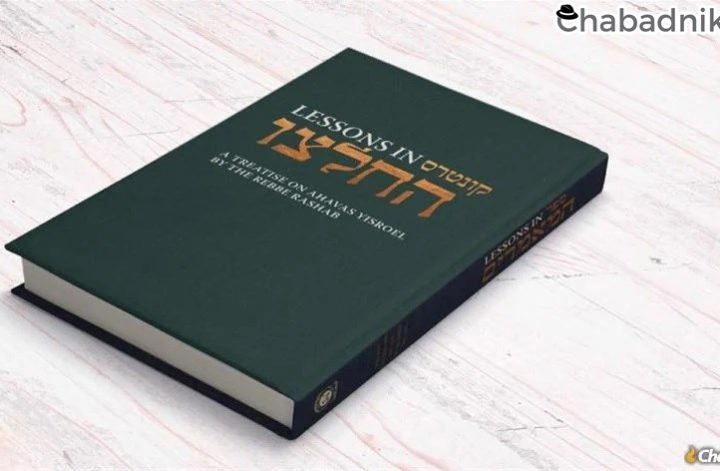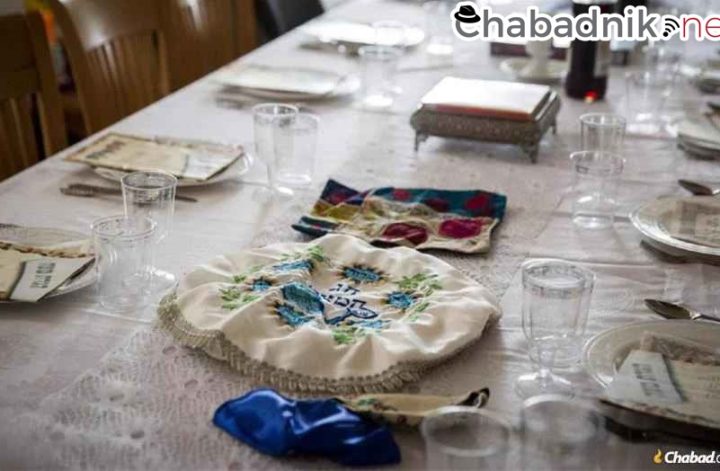A conversation with a leading supplier of the Four Kinds
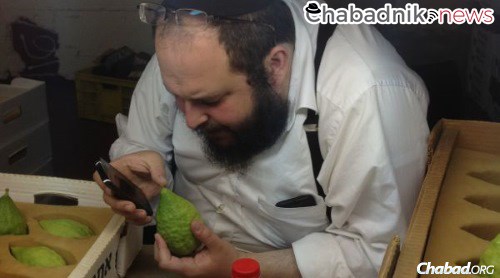
It’s that time of year again. Jews all over the world will be flocking to Judaica stores, impromptu outlets, and even street vendors to procure the Four Kinds: a palm frond, a yellow citrus fruit called an etrog, willow branches and myrtle twigs. Then, for the duration of the holiday of Sukkot, they will shake the branches and fruit for a few moments every day in fulfillment of a commandment found in the book of Leviticus.
For weeks before Sukkot (which begins this year in the evening of Monday, Sept. 20) people pore over the vegetation for sale, searching for the most beautiful specimens, for which they may pay many hundreds of dollars. How do these Four Kinds get here, and why are people willing to pay so much? In search of some answers, I decided to speak to my friend David Silberstein of Rodal’s Judaica in Montreal, who sells Four Kinds sets all over the U.S. and Canada.
MP: David, thanks so much for taking time out of your busy schedule to talk to me. Of all the Four Kinds, people seem to spend the most time and effort fussing over their etrog. So let’s start with that. I see that you have a wide selection for sale. What can you tell me about this fruit?
David: This is one fruit you are not likely to see for sale at the grocery. Known as the citron or Citrus medica, the etrog has a very thick peel and very little flesh, so people don’t eat them much. They’re grown mostly for perfume, since they smell very nice. Traditionally, etrogim have grown in Mediterranean lands like Israel, Morocco, Greece and Italy—even as far as Yemen.
I sell mostly Israeli and Italian etrogim.
MP: What would you say is the comparative advantage and disadvantage of each kind?
David: You have to understand that when we look for an etrog that is suitable for the mitzvah, we are looking for a fruit that is evenly shaped and has an unblemished complexion. When fruits grow out in the wild, almost all of them are scarred by foliage, animals and other minor trauma.
Israeli etrogim are cultivated for the sake of the mitzvah, so the farmers are very careful to make sure that each and every fruit is grown in a controlled, protected environment. This means that a very large percentage of the fruit grown there are fit for mitzvah use. In addition, there is something special about using a product of the Holy Land.
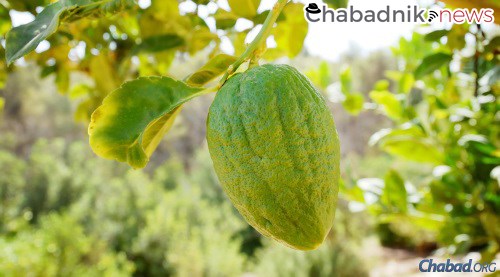
Italian etrogim—which all come from one valley in Calabria—mostly are grown to be used for perfume, with little regard for the aesthetic beauty of the fruit. When our people go down to Italy to select etrogim, they have to look through hundreds of fruits just to find etrogim that are fit for use.
Another issue is that of grafting. When we use an etrog, it must be a genetically pure fruit. Many of the growers in Italy will graft etrog branches onto other trees. In fact, as many as 85% of the fruits grown in the valley are grafted. So before harvesting there, we need to trace the branches back to the trunk to make sure that they are not grafted. These extra expenses then get passed on to the consumer.
Generally, we only use varieties of etrogim that have traditionally been used by local Jewish communities, which we therefore know are kosher. Many people favor the Italian etrogim, since we have been using them for many, many years and can rely on their pedigree. In fact, we are told that Moses himself brought etrogim to the desert from that region.
MP: How far in advance do you select your etrogim?
David: I generally travel to Israel around a month before Sukkot to choose etrogim. At that point, the first thing that strikes you is that the etrogim are still very green; they don’t turn yellow until much closer to Sukkot. It’s a challenge, but even then you can already evaluate them based on shape, clarity and so on. While I don’t personally travel to Italy, I send someone to select them for me every year, and he also goes in the late summer.
MP: What about the lulavim? Where do they grow, and what else can we know about them?
David: The lulav is a closed palm frond that grows on any date palm. They grow pretty much anywhere warm. For years we were getting them from Egypt, Morocco and Spain.
Today there are lulav farms in Israel, and the product is really superior. They are straight and tightly sealed. People prefer these ones, so there are fewer and fewer being imported from other places as time goes on.
MP: Last but not least, let’s not forget about the willow and the myrtle. People tend to spend much less time fussing over those, but I’m sure there are some important tips you can share.
David: When it comes to the myrtle—of which you need at least three—the ideal specimen has the leaves growing consistently in groups of three all the way down the branch. The growers sort them into different groupings according to how nicely the leaves grow, and the price is modestly adjusted to reflect that. You also need to make sure the branch is not cut off at the tip.
The willow is the only thing that grows well in colder climates, and people often grow their own in their backyards. If you do plan on doing that, make sure you have the right plant. It is not the weeping willow, but a large bush-like plant with the branches growing upward. Of course, we also sell them, since most people prefer not to have to cut their own.
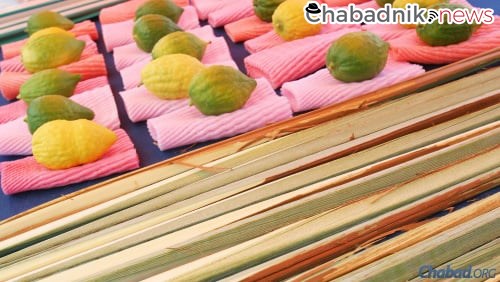
MP: Thanks. This has been very educational. Is there anything else you think people should know?
David: Sometimes people ask, “Why does it cost so much for a few fruits? Who’s making a killing off this?” I like to point out that a lot goes into growing and selecting each and every fruit. It’s not like oranges that are harvested by the ton. This extra attention costs. Also, people come to the store and expect a selection. Yet the moment Sukkot starts, the most beautiful etrog is not worth anything at all. This means that the dealer has to purchase Four Kinds with the expectation of selling only a portion of what he buys.
Also, people sometimes come in and ask, “What should I pick? Which one is nice?” The answer is that the sets we have for sale are all nice and all kosher, so you can’t go wrong. If you find a lulav and etrog that look nice to you, then they are the most fitting vehicle through which you can serve G‑d this Sukkot.
To find out where you can obtain the Four Species and for other information about Sukkot, contact a Chabad-Lubavitch center near you, click here.
This article has been updated since its initial publication on Oct. 1, 2014.
Source: https://www.chabad.org/news/article_cdo/aid/5249219/jewish/What-You-Did-Not-Know-About-Etrogim.htm

